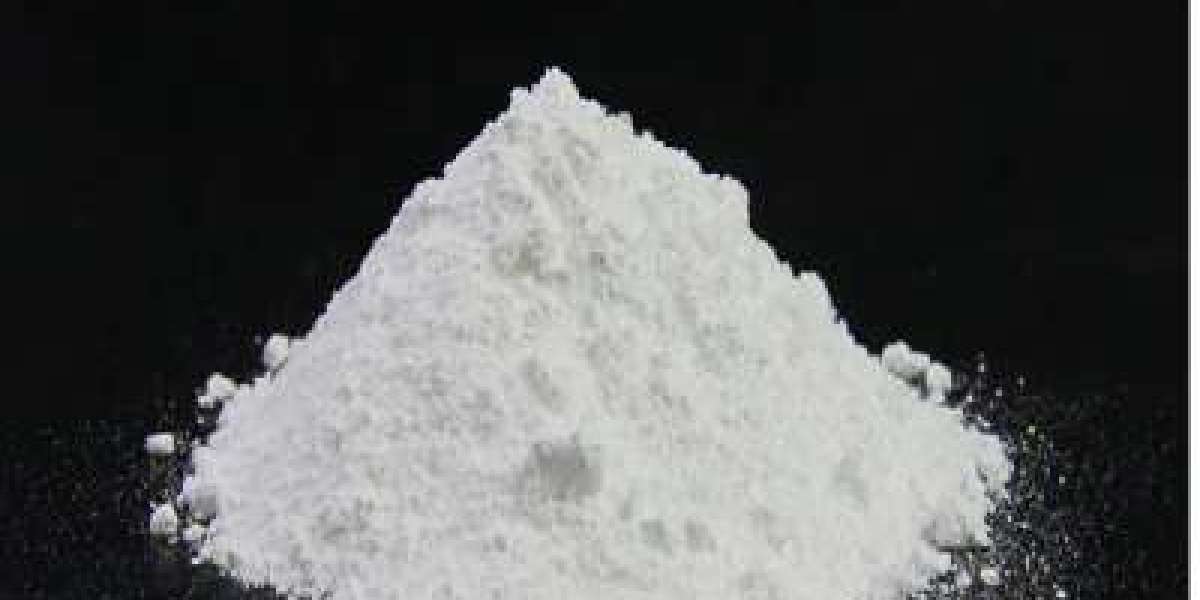Safety measures are crucial in chemical factories production. Here are some key safety measures:
I. Establish a Comprehensive Safety Management System
1. Safety Regulations: Develop detailed safety regulations, including operating procedures, emergency response plans, and accident reporting systems.
2. Safety Accountability: Clearly define the safety responsibilities of all personnel to ensure everyone understands their duties.
3. Safety Inspections and Assessments: Conduct regular safety inspections and assessments to identify and rectify potential safety hazards.
4. Accident Handling and Emergency Response Plans: Develop detailed plans for accident handling and emergency response to ensure a swift and effective response in case of an incident.
II. Strengthen Equipment and Environmental Management
1. Equipment Management: Regularly maintain and inspect equipment to ensure it is in good working condition.
2. Environmental Management: Ensure the production environment meets safety standards.
3. Protective Facilities: Install and maintain necessary protective facilities, such as explosion-proof devices and fire-fighting equipment.
III. Strictly Enforce Safety Operating Procedures
1. Operating Procedures: Develop detailed safety operating procedures covering all production processes.
2. Operational Supervision: Monitor employees' operations to ensure strict adherence to safety procedures.
3. Penalties for Violations: Penalize violations of operating procedures to reinforce compliance.
IV. Enhance Safety Training and Education
Chemical factories should regularly organize safety training sessions covering the safe use of chemicals, emergency response methods, and the correct use of personal protective equipment. New employees must undergo comprehensive safety training before starting work, and existing employees should also regularly attend refresher courses.
V. Strengthen On-site Safety Management
1. Safety Signs and Warnings: Ensure that safety signs, warning signs, and emergency equipment on-site are in good condition.
2. Daily Safety Inspections: Appoint dedicated safety managers to conduct daily safety inspections and identify potential hazards.
3. Hazard Rectification: Address any issues found promptly and keep records.
VI. Develop Emergency Response Plans and Conduct Regular Drills
1. Emergency Response Plans: Develop detailed emergency response plans covering various types of incidents such as fires, leaks, and explosions.
2. Emergency Drills: Regularly conduct emergency drills to test the feasibility of the plans and the emergency response capabilities of employees.
VII. Introduce Advanced Safety Management Technologies
Utilize IoT technology to monitor equipment status and provide real-time warnings of potential safety hazards. Use big data analysis for safety risk prediction to develop more targeted prevention measures.
VIII. Foster a Safety Culture
1. Safety Atmosphere: Create an atmosphere that values safety, making every employee aware of its importance.
2. Recognition of Excellent Employees: Conduct safety-themed activities and recognize employees with outstanding safety performance to enhance their safety awareness and sense of responsibility.
3. Leadership by Example: Corporate leaders should lead by example in safety management, setting a good example for others.
IX. Specific Safety Measures in Operations
1. Management of Hazardous Materials: Hazardous materials must be stored and transported according to their properties and requirements. Strictly follow the regulations for the segregation of incompatible hazardous materials.
2. Loading and Transporting: Loading and transporting hazardous materials must be carried out by qualified personnel and entities. Transport personnel should wear appropriate protective equipment according to the nature of the hazardous materials.
3. Hot Work Operations: Strictly follow the "six no's" of hot work operations, including no hot work without approval and no hot work without isolation from production systems.
4. Confined Space Operations: When entering confined spaces, a permit for confined space operations must be obtained. Equipment must be isolated from other systems, cleaned, and purged.
By implementing these measures, chemical factories production can effectively reduce safety risks and ensure the safety of employees and corporate assets.








